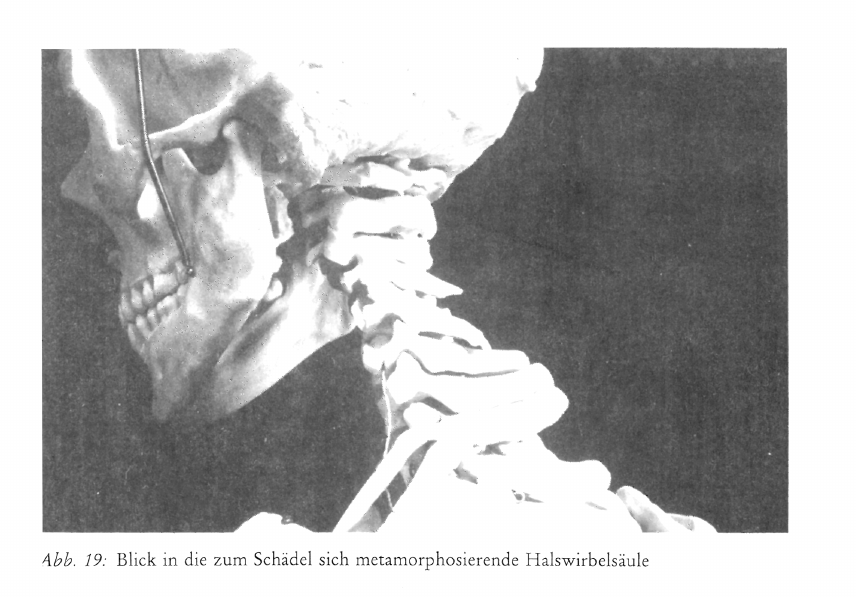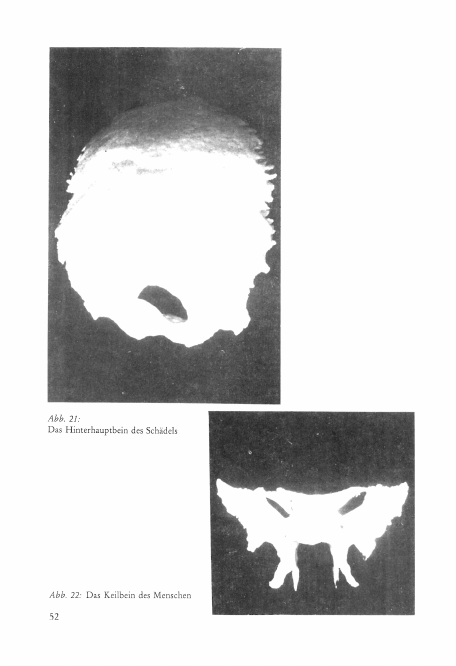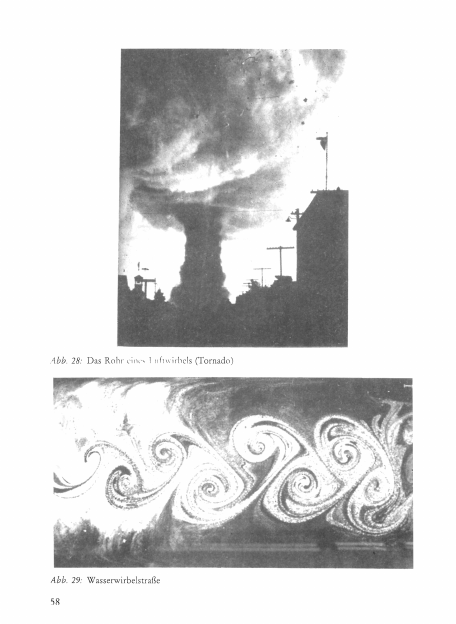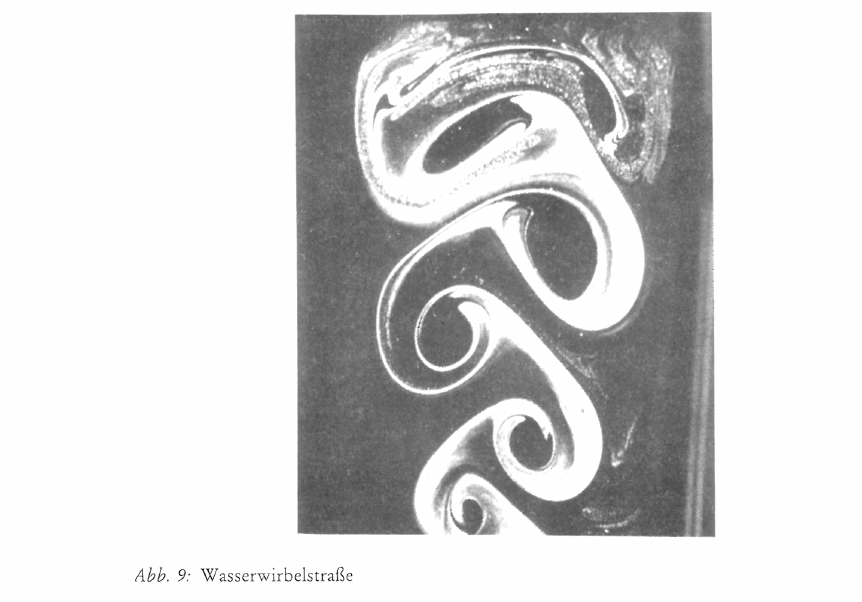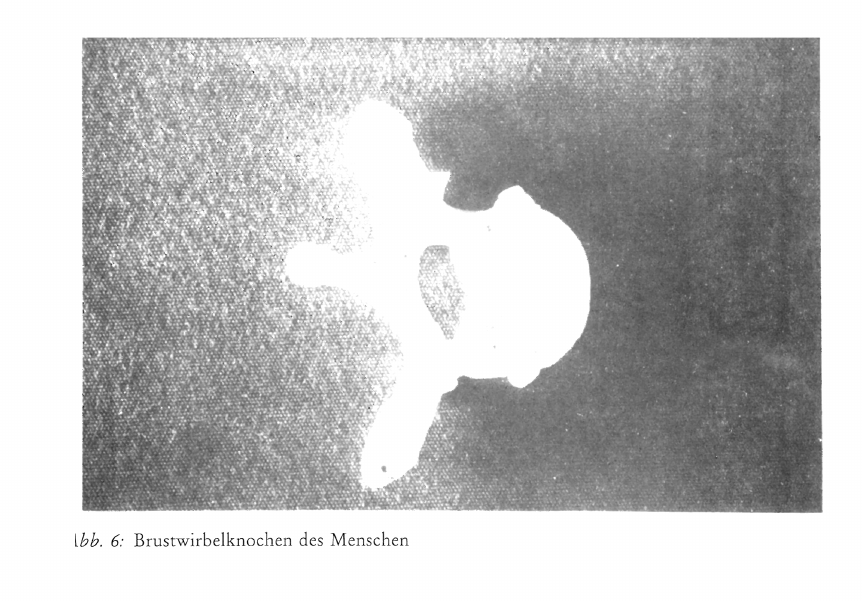Die Wirbeltendenz im menschlichen Knochen
Export Article Citation as
- Plain text
- BibTeX
- RIS format
- Download price : € 6.00
Abstract:
The whirl in water consists of three components: in the middle a hole, then a tube and finally arms which run into the surroundings. The human vertebra also shows these three components. This typical form is found in the lower vertebral column, further up it dissolves into increased arm-formation. The bones of the head go further in this dissolution at whitch the arms spread into the bony plates of the skull, changing at once the outer form enormously, but not the type of architecture: this phenomenon was called metamorphosis by Goethe. Also in the long bones of the extremities the three parts hole, tube and, less evidently, arms, are discernable. In the flat bones the arms dominate in the form of plates similar the skull. One might see the lower vertebrae as most close to an »Urknochen« (archtypical bone) variing to the skull in metamorphosis to the flat, and variing in the long bones to the long. The whirl tendency of all bones into whole, tube and arms, most typical at the vertebrae of the lower column, might be seen, variing into dominance of tube tendency or arm tendency.


